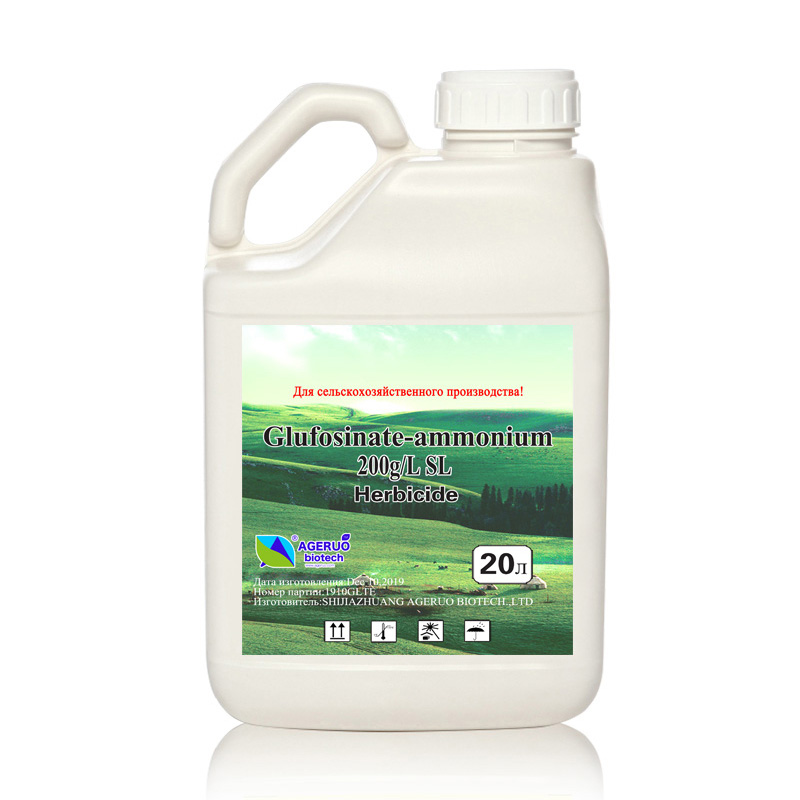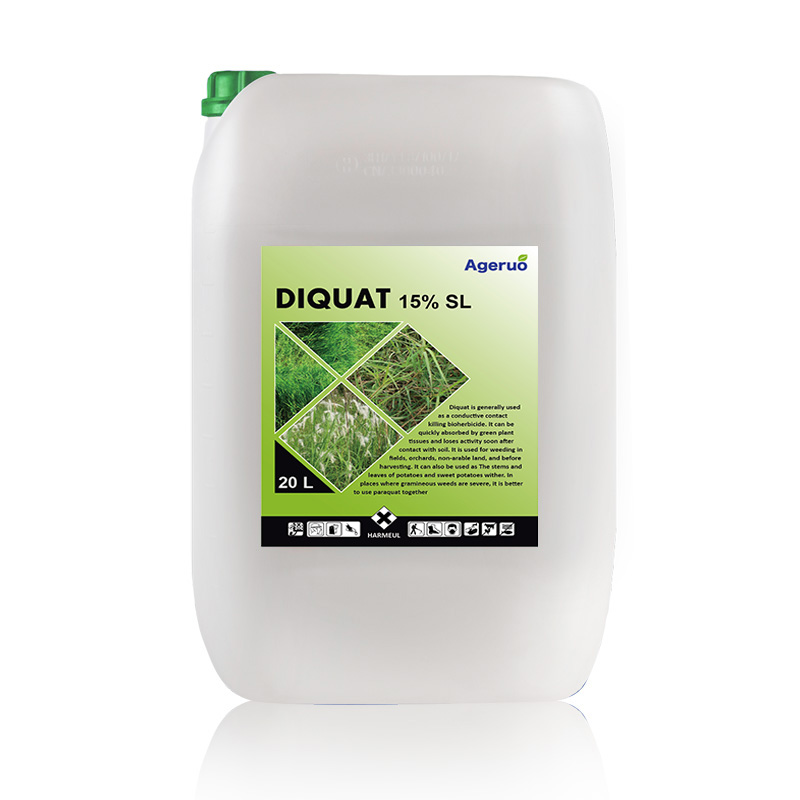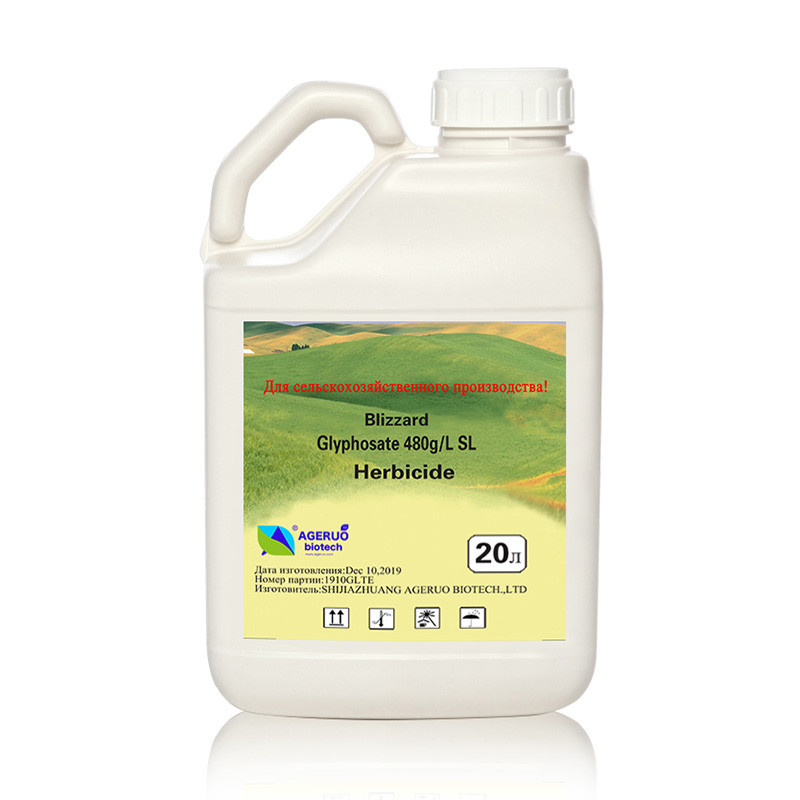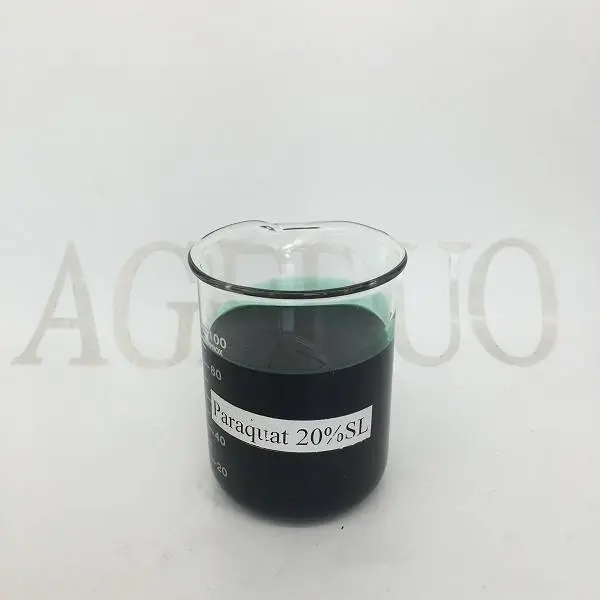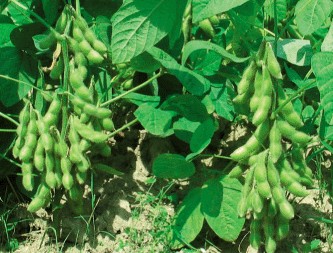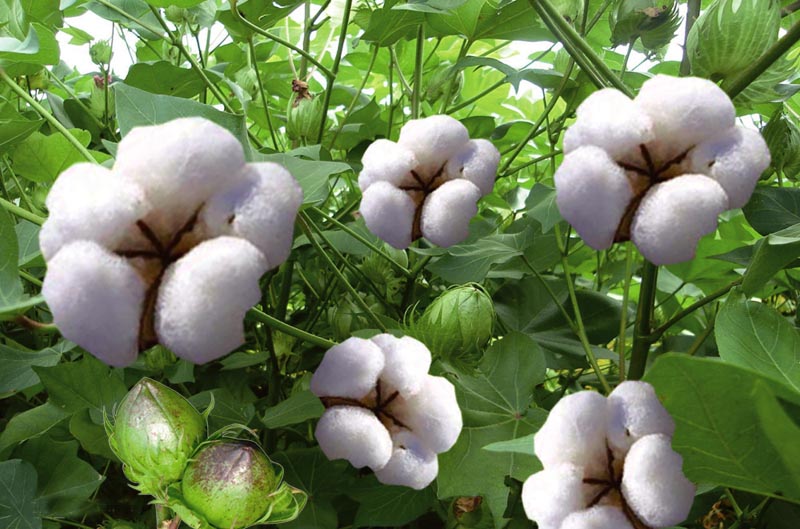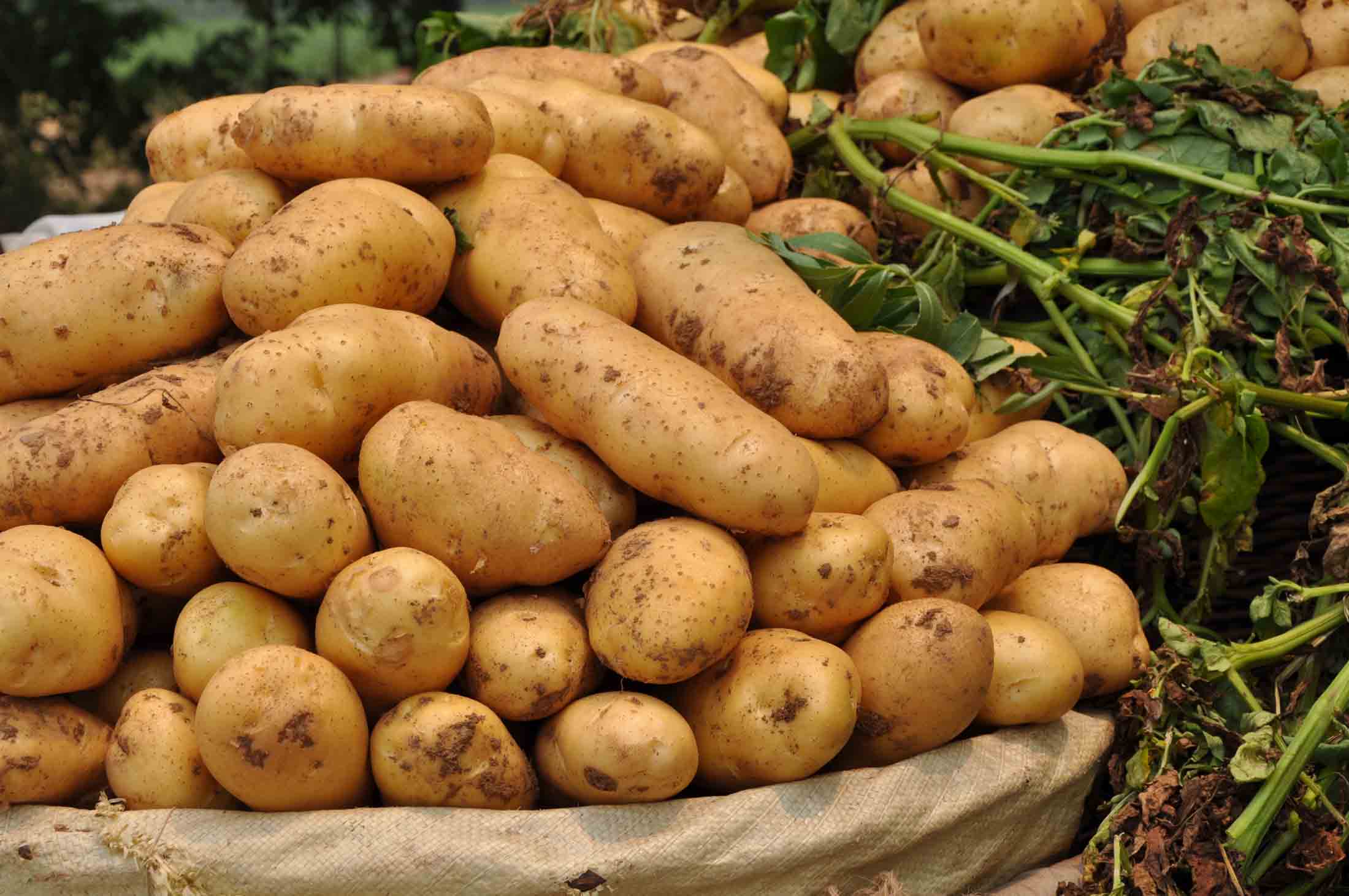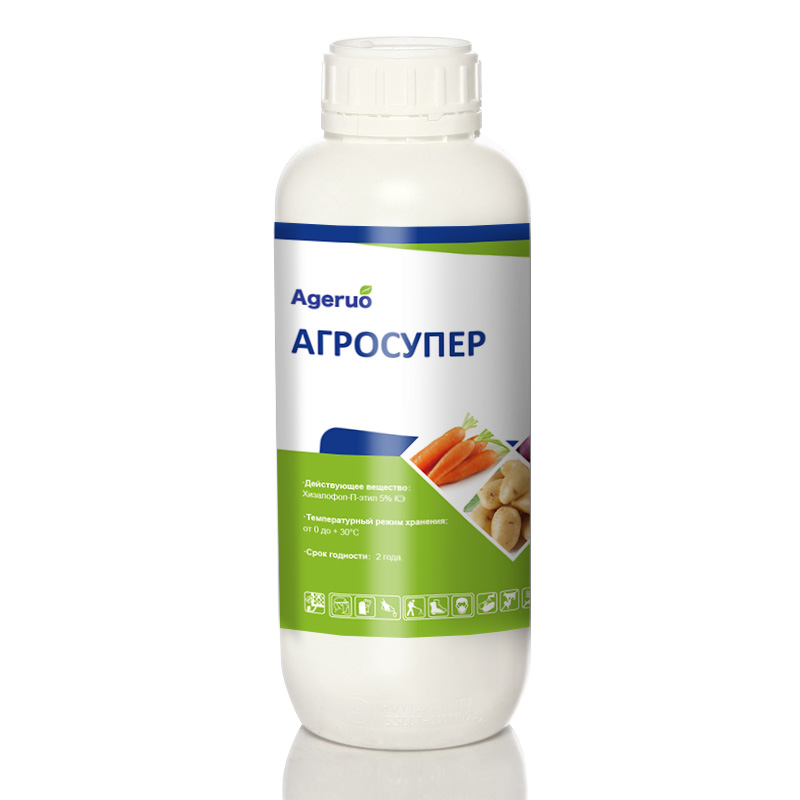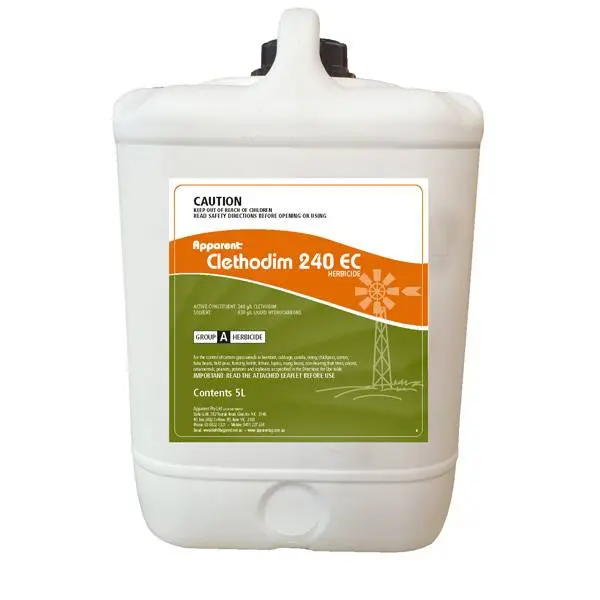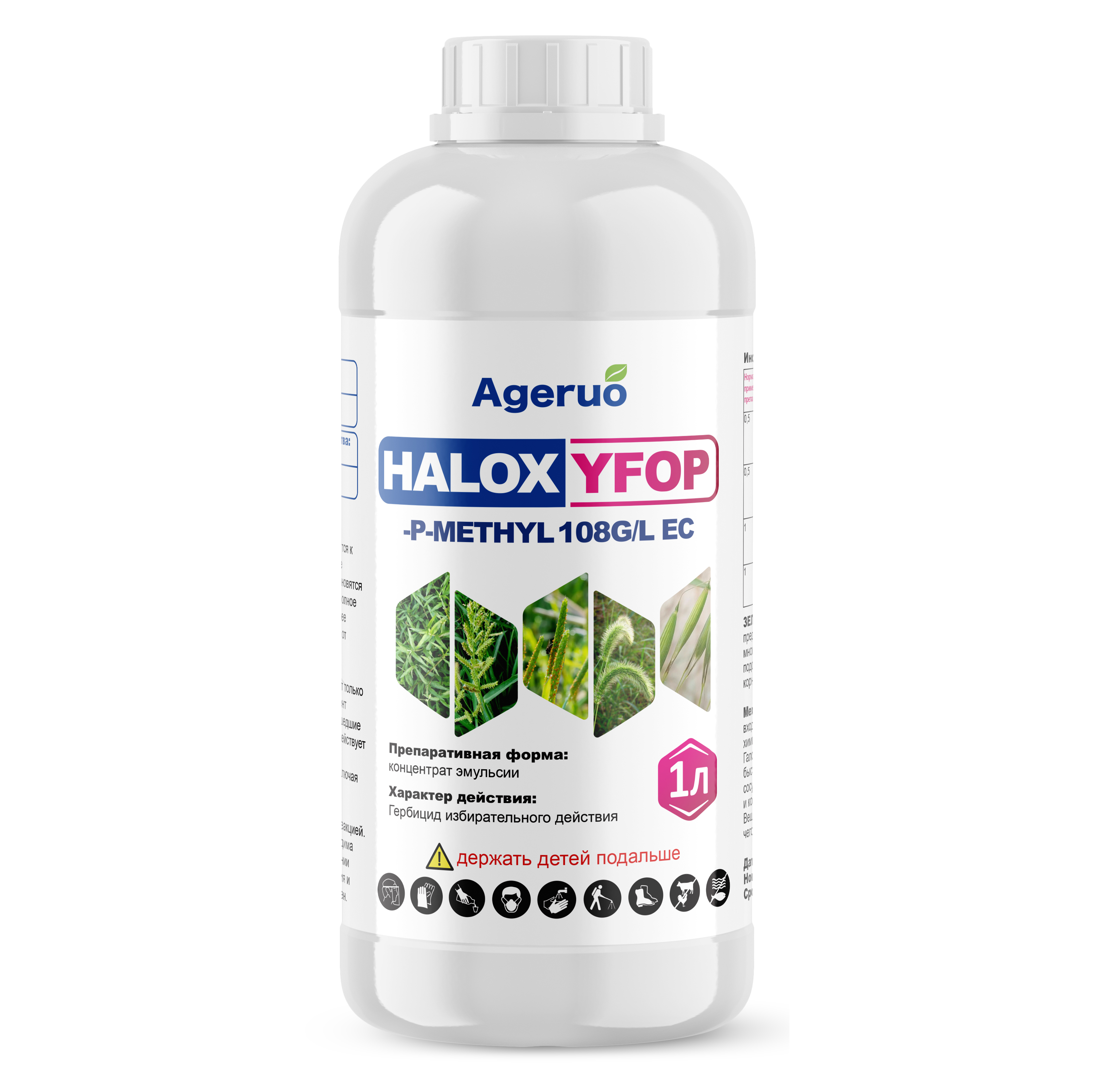Diquat usage technology: good pesticide + correct usage = good effect!
1. Introduction to Diquat
Diquat is the third most popular biocidal herbicide in the world after glyphosate and paraquat. Diquat is a bipyridyl herbicide. Because it contains a bromine atom in the bipyridine system, it has certain systemic properties, but will not harm the crop roots. It can be conducted upward through the phloem of the plant, so it is better than glyphosate. and glufosinate kill weeds quickly and efficiently. When used in fields, unearthed weeds are often killed before and after crop sowing and before emergence, or inter-row directional spraying is used in the late post-emergence period of crops. At the same time, diquat is also a contact desiccant and can be used as a withering/ripening agent before and after harvesting and as a desiccant for seed crops.
2. Applicable crop range of diquat
Diquat is more effective than paraquat and has a better effect on broad-leaf weeds. It is suitable for weeding before sowing in non-cultivated and no-till lands, orchards, and weeding between crop rows. It can also be used for harvesting crops such as soybeans, potatoes, and cotton. The former induces withering and defoliation.
3. What are the advantages of diquat?
①. Quick-acting properties: Diquat and paraquat are both bipyridyl herbicides and have essentially the same characteristics in terms of herbicidal properties. It kills weeds even faster than paraquat. It takes effect on the same day, and the grass begins to die within 24 hours. It rains one hour after spraying, which has little effect on the efficacy.
②. Good safety, water and soil conservation: Although diquat has certain systemic properties, it will not damage the root system of crops, and is mainly contact-killing after all. Therefore, diquat also continues the safety characteristics of paraquat with no residue and no drift hazard. Since enemy grass does not kill the roots, it is conducive to water and soil conservation, and the field ridges are not easy to collapse.
③.Special effect on broadleaf weeds: Diquat has better control effect than glufosinate on certain resistant weeds, especially broadleaf weeds.
④. Low temperature resistance: When the temperature is lower than 15℃, the weeding effect is more advantageous than glufosinate-ammonium.
4. How to use Diquat more efficiently?
①. Weeding in wasteland: Some glyphosate can be added appropriately, and the rebound of weeds in the later stage will be significantly reduced. As for the specific dosage, you can first experiment on a small area according to the local weed conditions.
②. For some weeds dominated by Gramineae, you can add quizalofop, clethodim, flufenofop, etc. to further expand the herbicidal spectrum, and the weed control period will reach about 30 days.
③. Since diquat is mainly for contact killing, when spraying diquat, it must be sprayed thoroughly and evenly. Penetrants such as organic silicon can also be added so that the surface of the weed leaves fully contacts and absorbs diquat to achieve better results. Good weed killing effect.
④. When diluting diquat, do not use turbid river water to prevent the efficacy of the drug from being reduced.
⑤. Try to apply the pesticide after the dew evaporates in the morning. When exposed to sunlight at noon, the contact effect will be obvious and the effect will be faster. (Apply the medicine at night before there is dew, so the medicine will be most effective)
